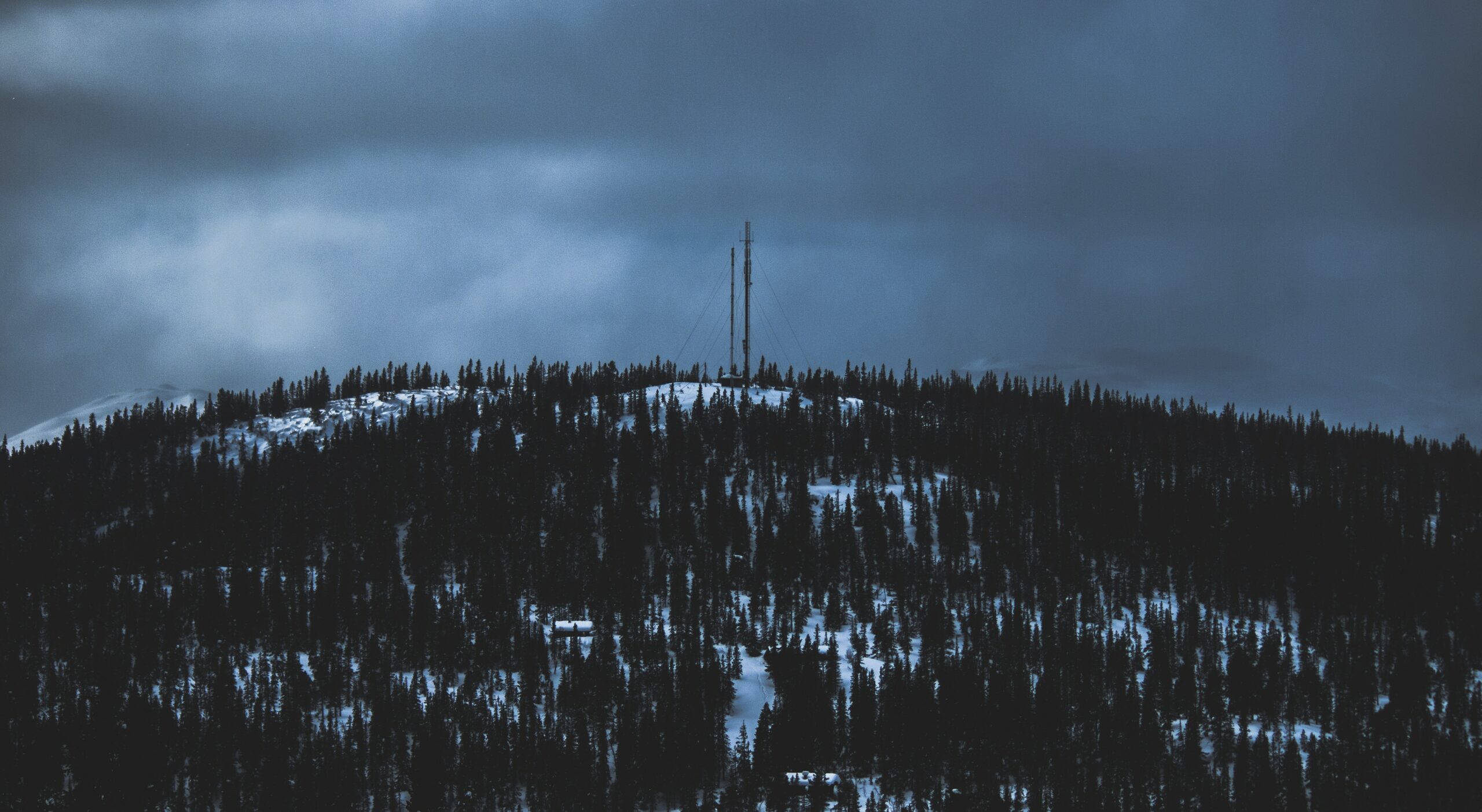If you are looking on this page, then you know by now that life is full of surprises. They come in many forms, but can often catch us off guard. Summer thunderstorms are the norm where I live, it’s just something to plan for. As a kid, I can remember one specific camping trip where we had more than just your average thunderstorm. Thankfully, we were staying at a campsite where we had access to a radio inside of the vehicle. We were able to secure our gear and get to a more secure location prior to the storm arriving. Just a couple of short weeks ago, Hurricane Ida made a Gulf Coast landfall, causing devastating damage. Having one of the top emergency radios is crucial during these times. 
The below discussion is primarily focusing on radios for camping, but I cannot express enough how important it is for all homes to have one. I personally keep one plugged in on my nightstand at all times. Weather changes, power goes out, and natural disasters happen. The best way to prepare for an emergency is to plan ahead.
Powering Emergency Radios
Emergency Radio technology has improved dramatically of the years. The various types of power they operate on makes things much easier. While you should know if your campsite will have power, you should always plan for the possibility that you could be without, sometimes for extended periods. Below I have highlighted some main power features that are available on today’s radios, so be sure to check before purchasing.
- AC/DC corded electric – AC or DC should come standard, although not all come with both. An additional adapter may be required if you want capability for both. Ideally, you would want to use this option when available as to keep the additional resources in reserve.
- Battery – There are two types of batteries to focus on here. You’ll want an internal, rechargeable battery so that while its plugged into an outlet or one of the below methods, you can store that energy. You’ll also want the capability to throw in some AA or AAA if the rechargeable runs dry.
- USB – This feature gives you the option of plugging into a vehicle, external battery pack, and generators (if equipped).
- Solar – While this is a great feature, you will have to take into consideration the amount of sunlight that you will be receiving in your location. Cloud coverage and/or tree canopy are both items to think about.
- Hand Crank – While this option does work, it is manual and can become tiresome.
Types of Information and Coverage
There are a few items to point out here depending on what information you want out of your emergency radio. AM/FM/Shortwave/NOAA are typical options, but you should verify what you want before purchasing.
It is also important to determine if you want an analog or digital tuner. There are pros and cons to each. With an analog tuner, it may be difficult for to fine tune to reduce static and you will not be able to save presets. As for a digital tuner, presets can be saved, but may have difficulty if the screen or knob becomes damaged. Whether you are looking to have the radio as emergency only or wanting to catch the local broadcast of your favorite sports team, you’ll be glad you have it.
Another item to consider is the antenna. I personally am not fond of internal antennas. Not to say they’re bad or that they don’t work, but I grew up adding a little tin foil to my TV antenna to get that extra special signal. Most come standard with an extendable, directional antenna. I would suggest searching the reviews  if signal is a concern in your area.
if signal is a concern in your area.
No matter what type of information you are looking for, there is a radio up to the task. Whether planned sports events you want to catch on the go, or the unplanned storms and wildfires during the summer months, there is always a purpose.
Durability and Portability
Having a piece of gear break during an outing is one of the worst things that can happen. Most of your emergency radios are made out of plastic. While that does make them lighter and more portable, it can potentially cause them to be less durable. While I hope that none of you will be using your radio as a hammer, finding the right balance for your needs and environment are important.
Portability can become a major factor depending on your location. If your camping spot is 50ft from your vehicle at the local campground, it doesn’t really matter if it weighs 5lbs. If you’re loading up a pack and hiking miles into the forest, you’ll want to maximize efficiency when choosing the right gear. The lighter the better!
Additional Features
Emergency radios today have numerous features. As with a lot of gear, convenience and comfort, top the priority list when making improvements for a lot of users. The list below is not all encompassing, but a general overview of features that you could look for when picking out your next radio.
- NOAA Weather Alerts
- Weatherproof / Waterproof
- Backlit Display
- Phone Charging
- Flashlight
- Reading Lamp
- 3.5mm Headphone Socket
- Compass
- SOS Alert
What Emergency Radio Do You Need?
Now that we have discussed the various features and power sources of the top emergency radios, you have a decision to make. While all of these options are important to someone, it will depend on your individual wants and needs. Are you looking for portable emergency radios? As for myself, I want as many options as possible to charge my radio. You want to make sure that it is also a crank powered emergency radio. That’s one less thing to worry about. Even if it’s powered, you have to remember the cords… Others are perfectly fine with a pocket radio and some spare batteries.
Recommendations

The Kaito Voyager Pro KA600 is another great option. It also has the digital display, real time alerts, and comes in at approximately $90. With that said, Kaito offers a variety of products. If you don’t need all the bells and whistles, there are other options available.
The Midland – WR120B/WR120EZ is an outstanding option for your camper, home, or office. While it doesn’t have a lot of the features of a portable emergency radio such as AM/FM/SW, it still offers the same weather notifications. These settings can be programmed for your respective areas and even comes with an alarm clock for a low price of $30.
It will all depend on what event you’re preparing for. Will you leave it on all the time or leave it turned off until you need it? Are you going to listen to local news and/or sports, or just want weather alerts? Will this radio be used in the elements; rain, mud, snow? How many of the additional features are important? While I did not cover an individual section on pricing, it really all depends on what of the above options you decide on. Radios can range from $20 to $100, even higher if you want. Leave a comment below and let me know what radio best fits your needs!



